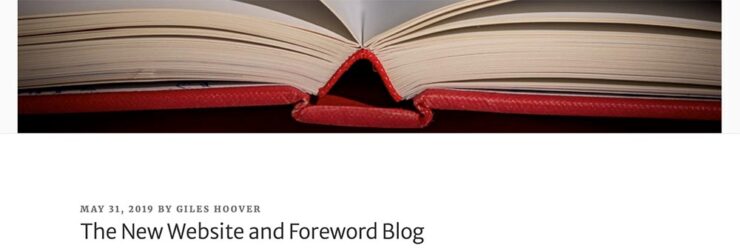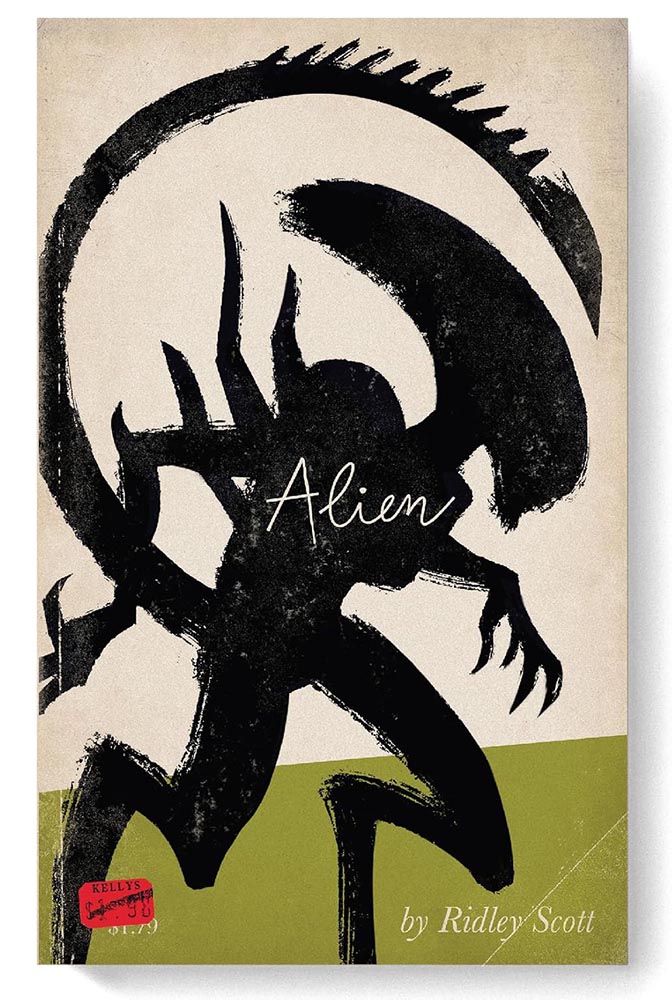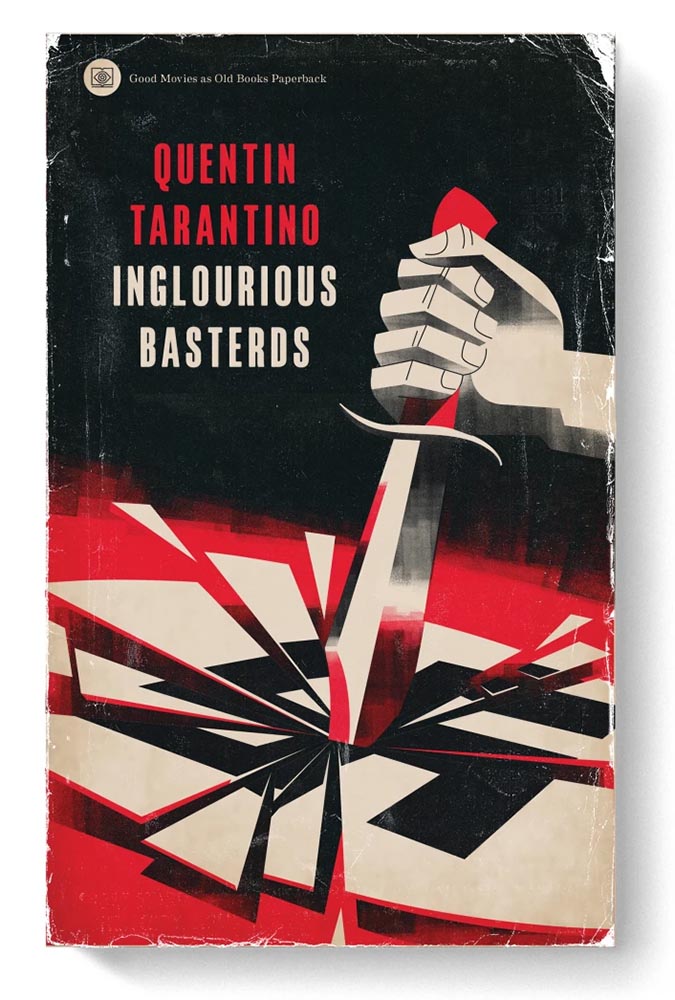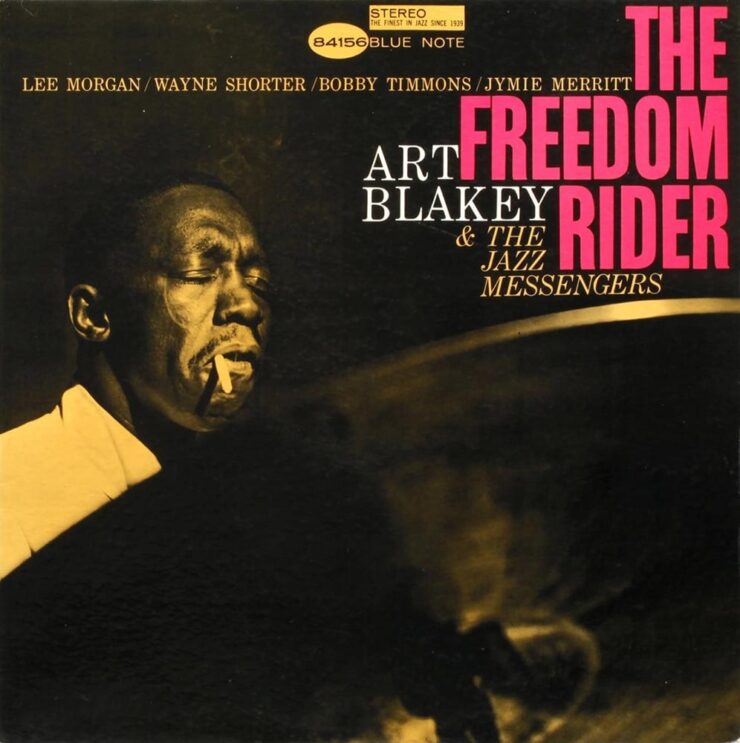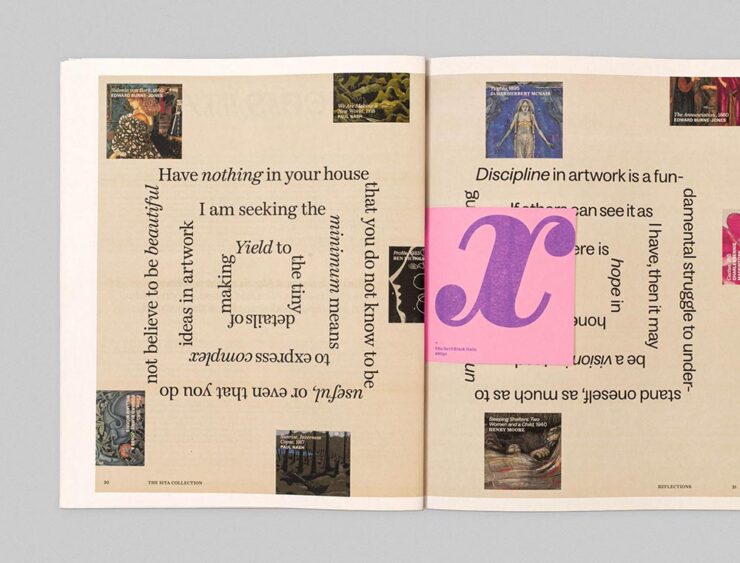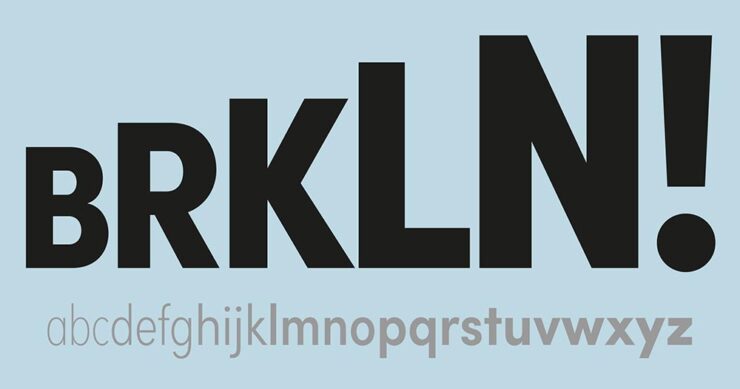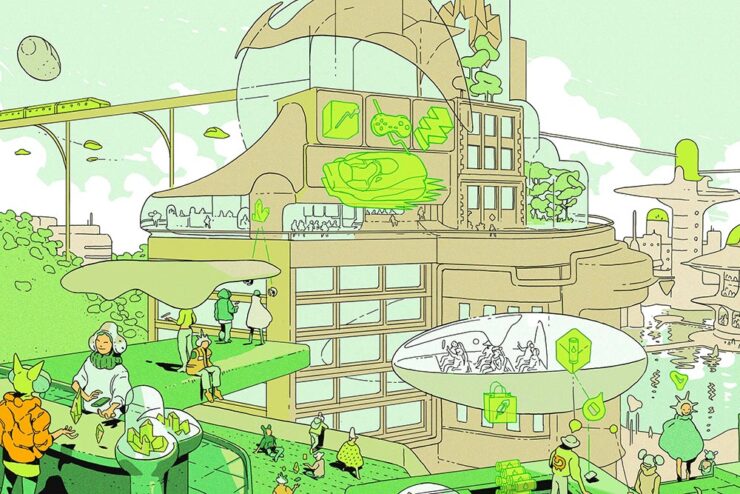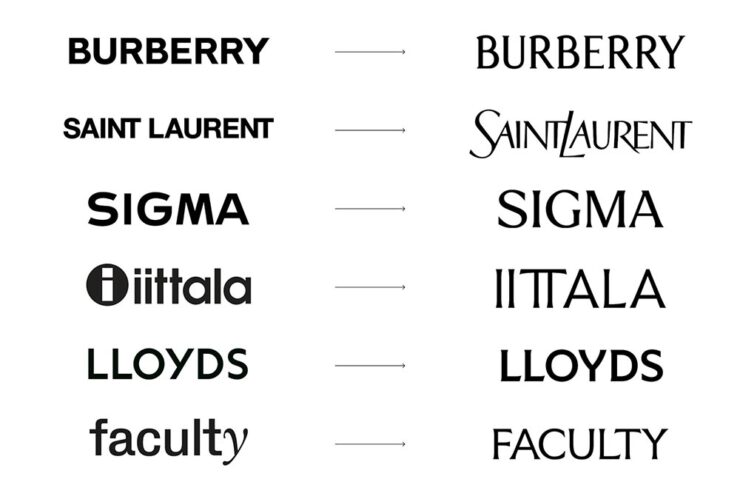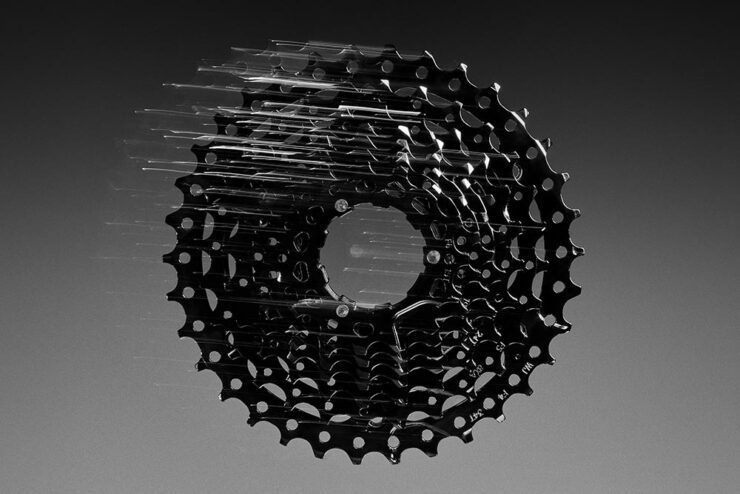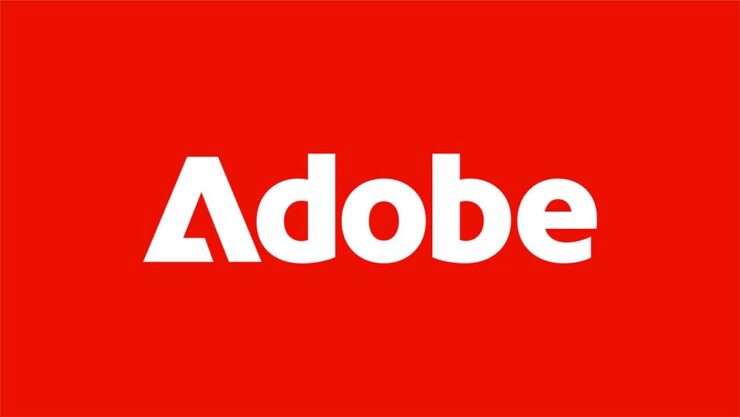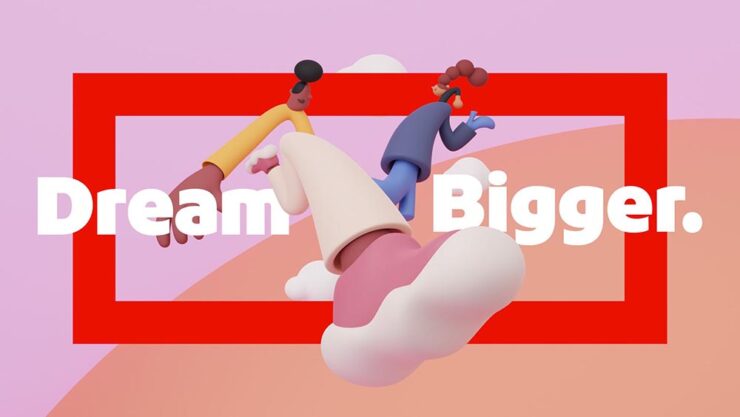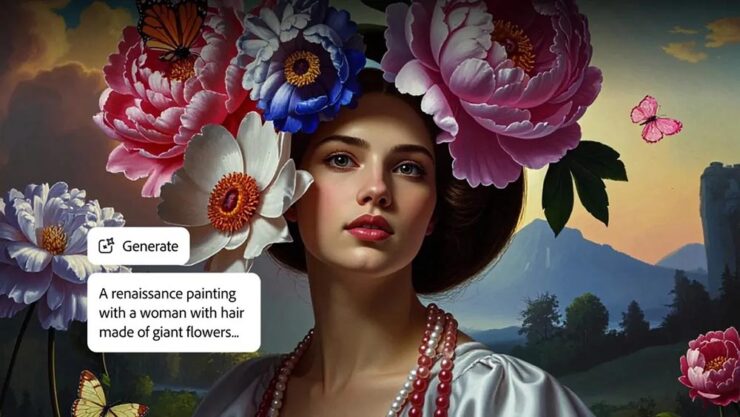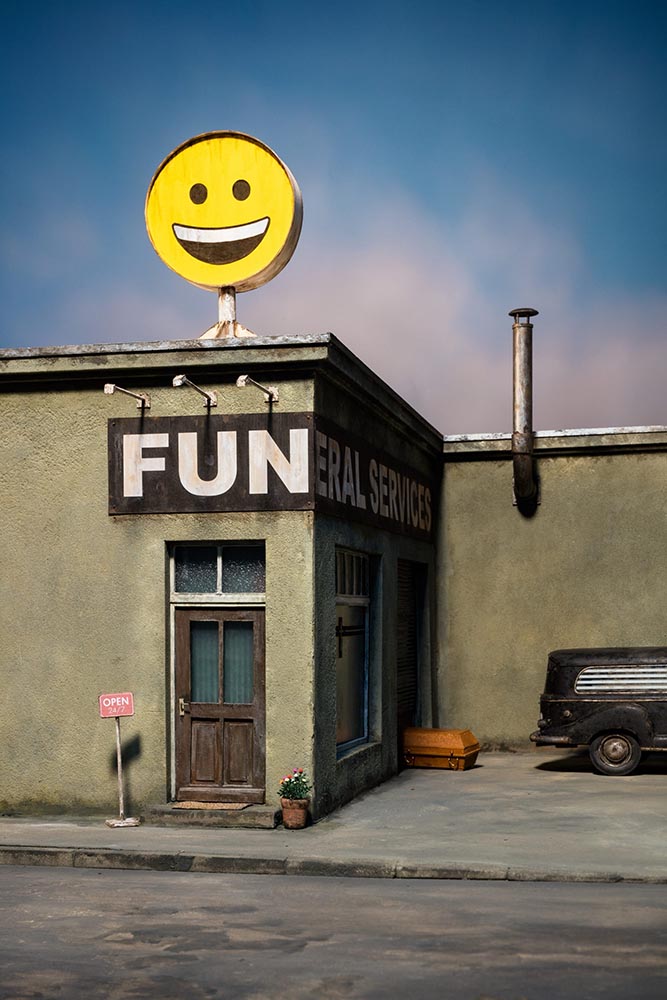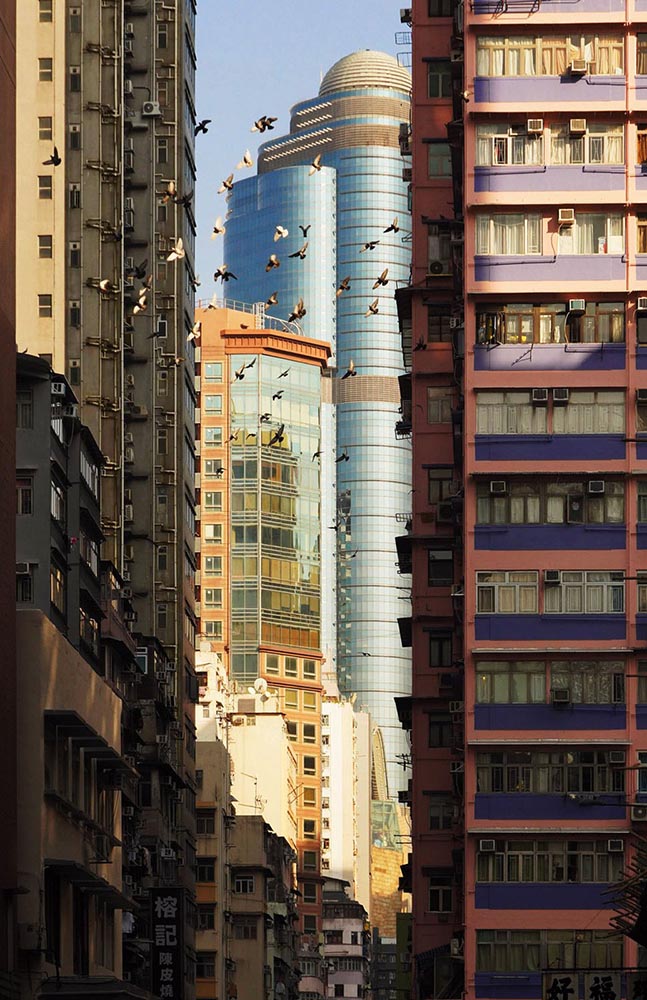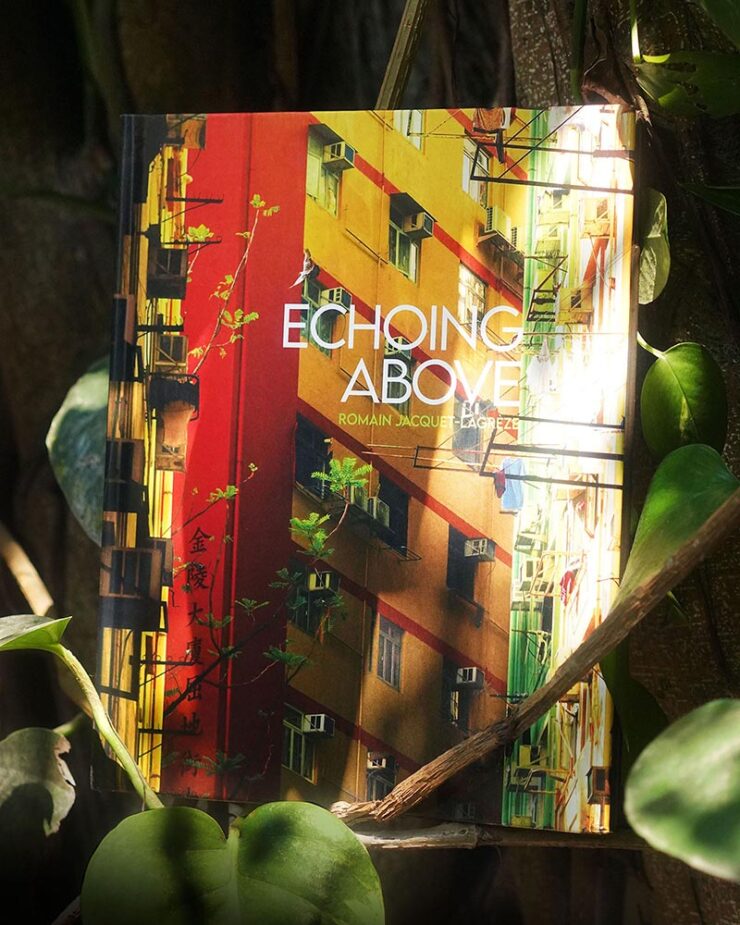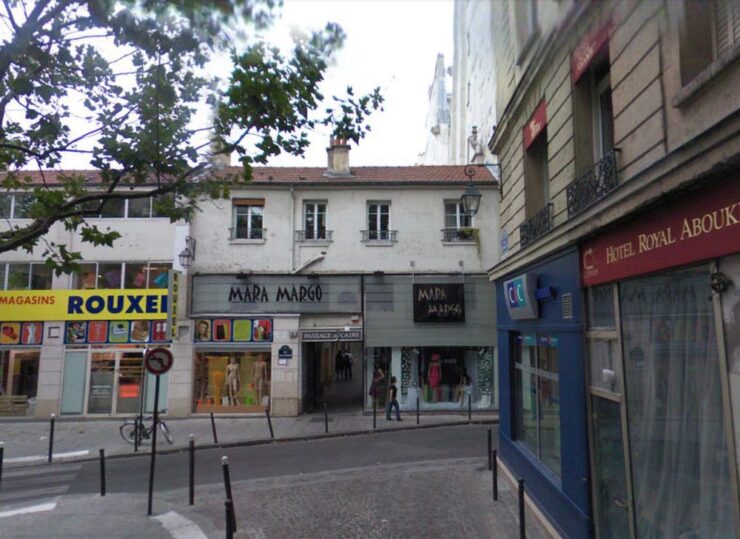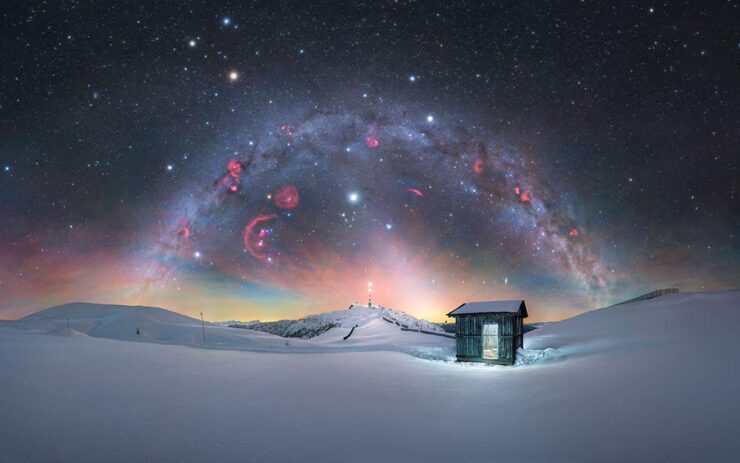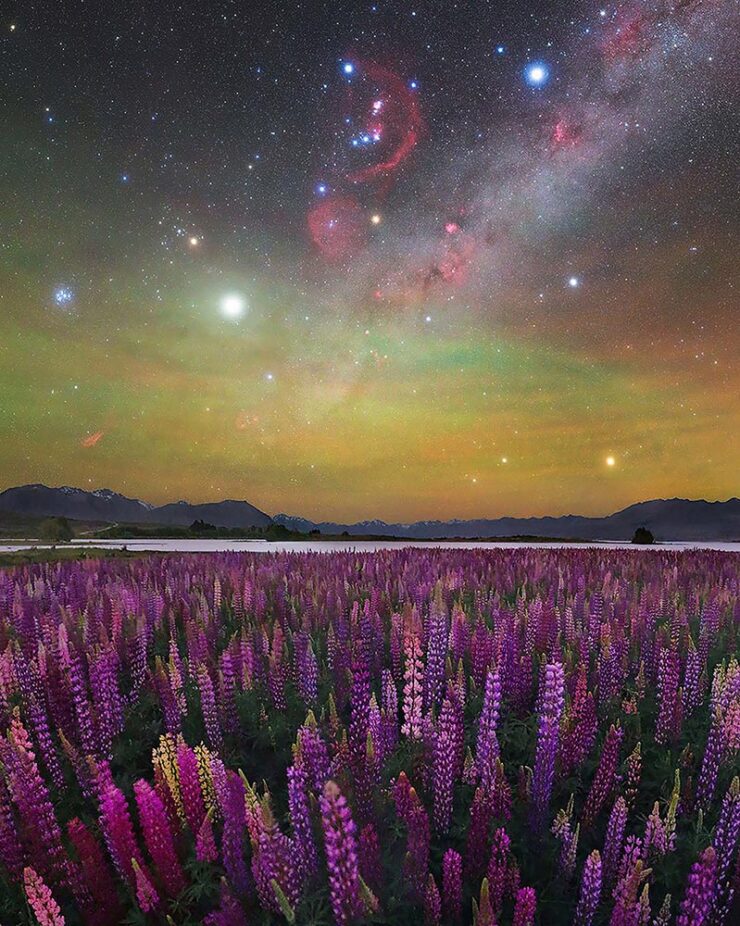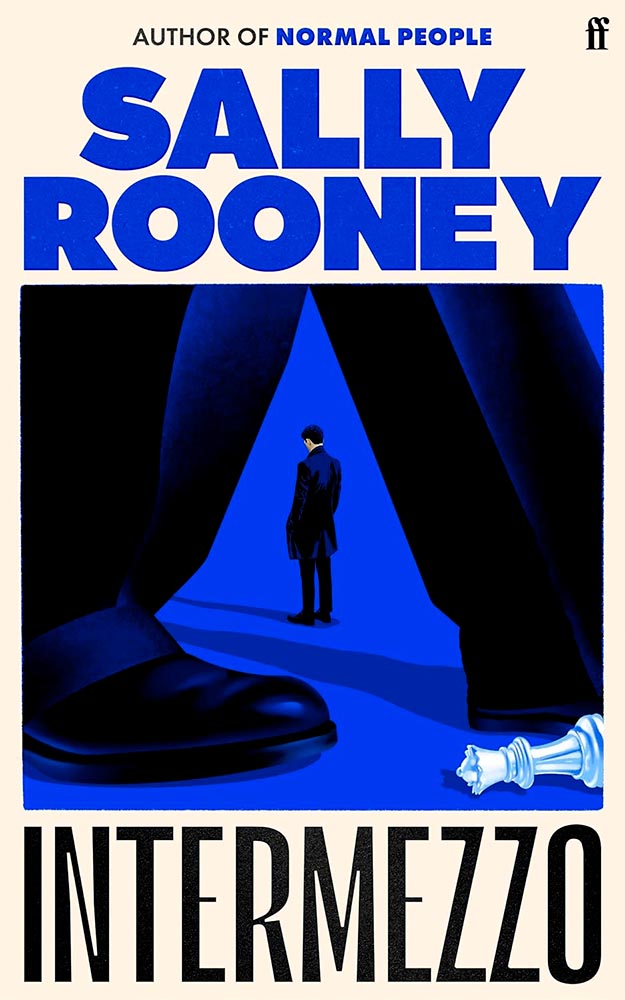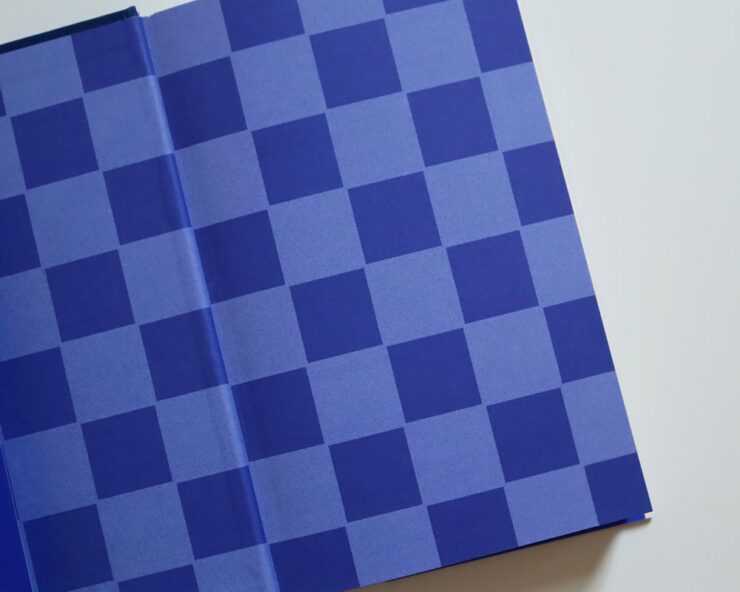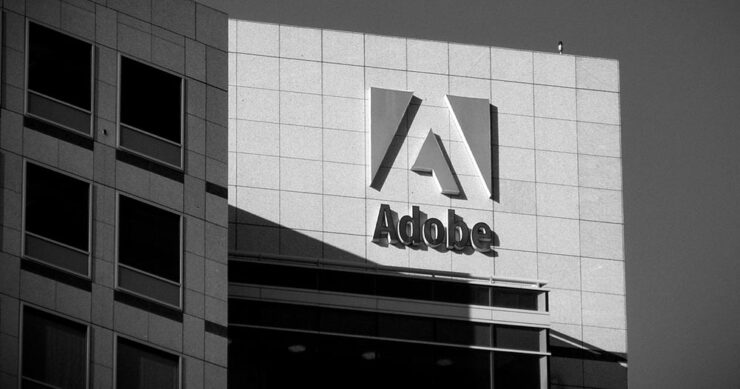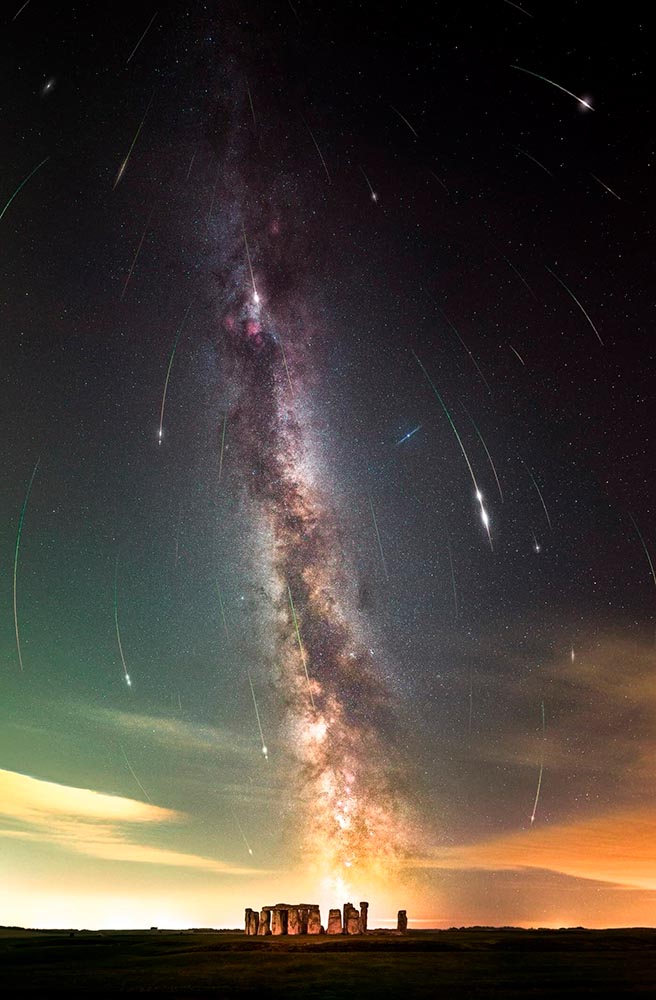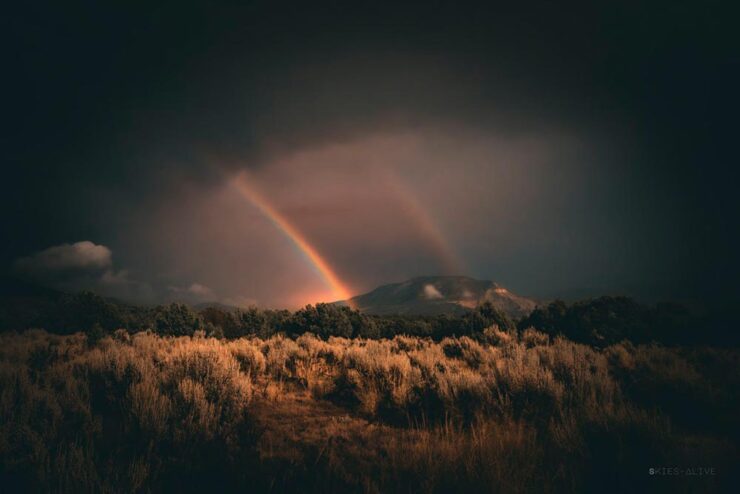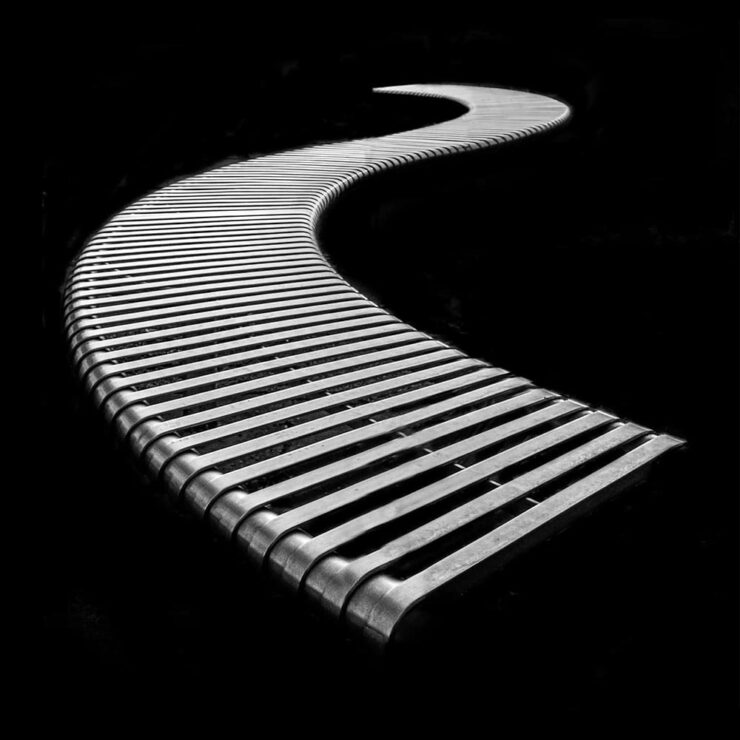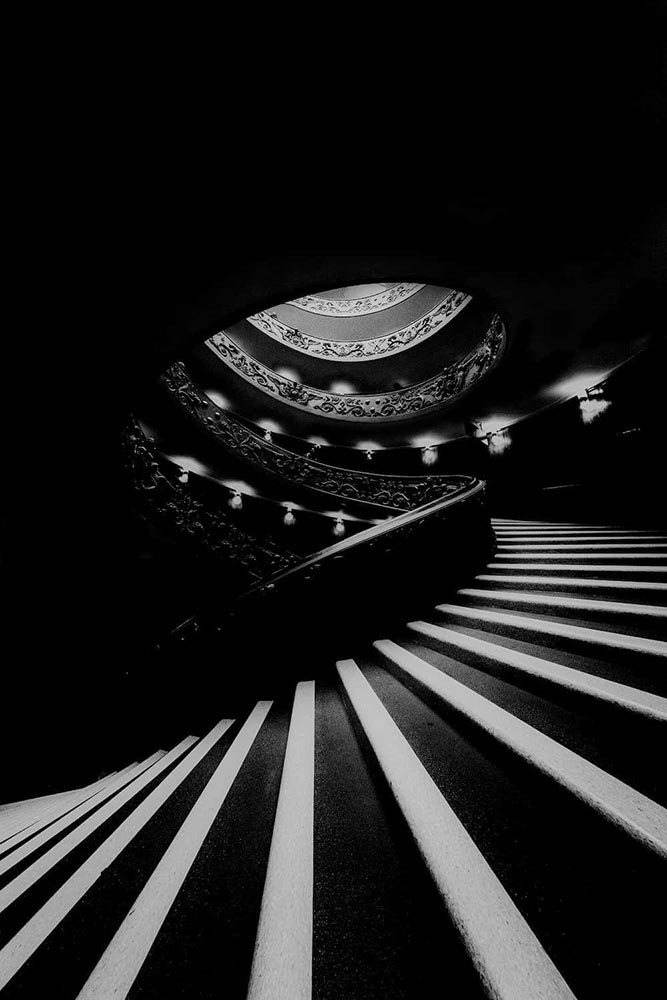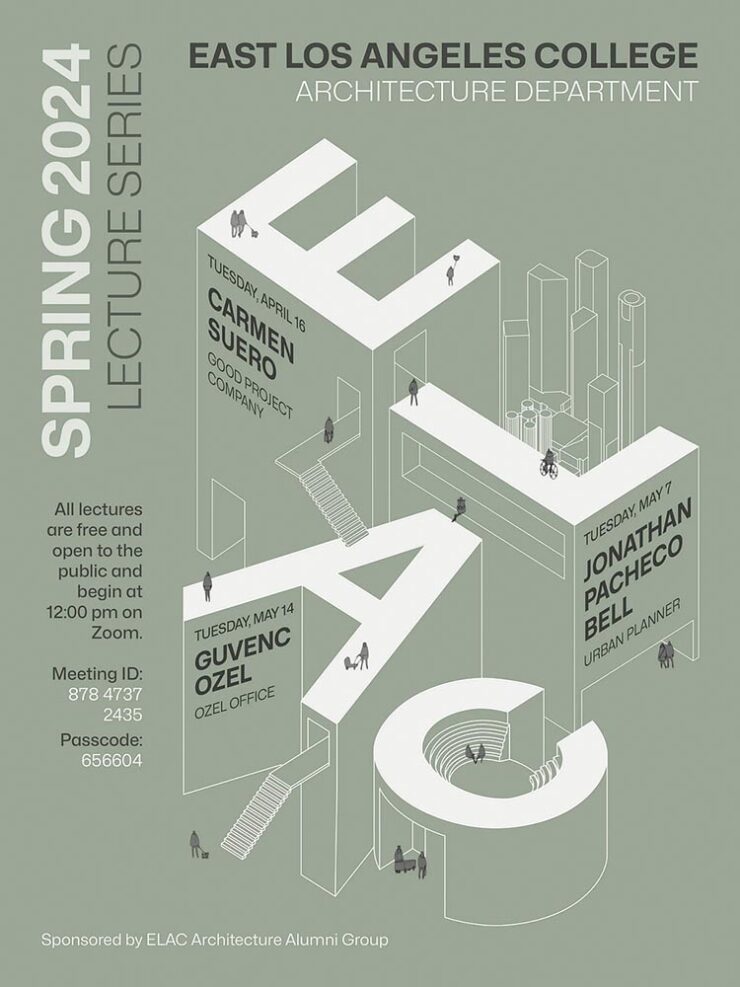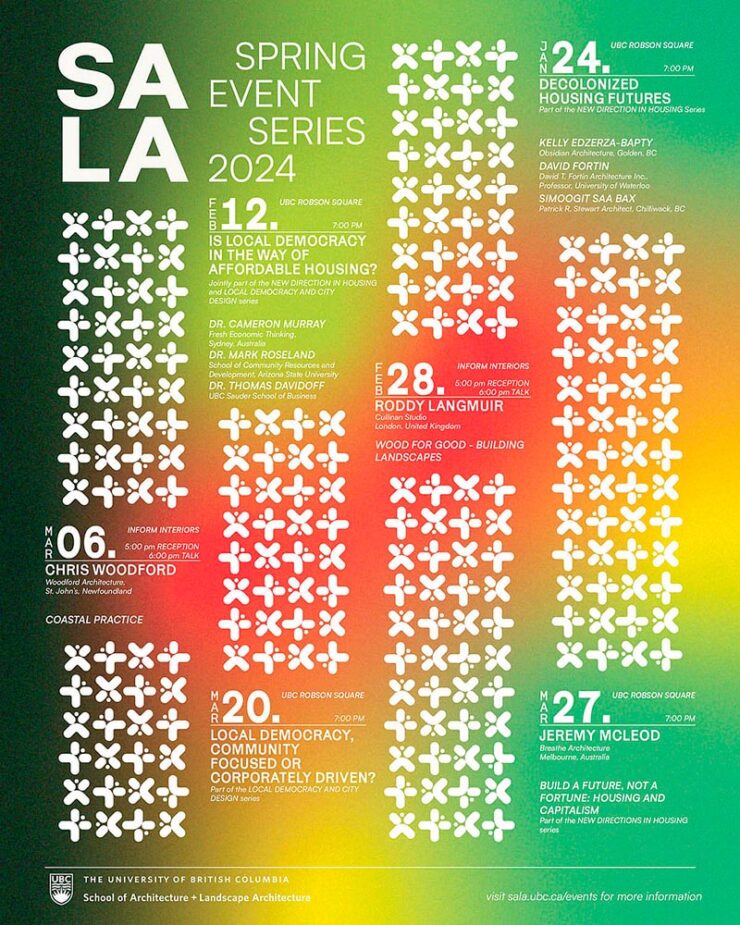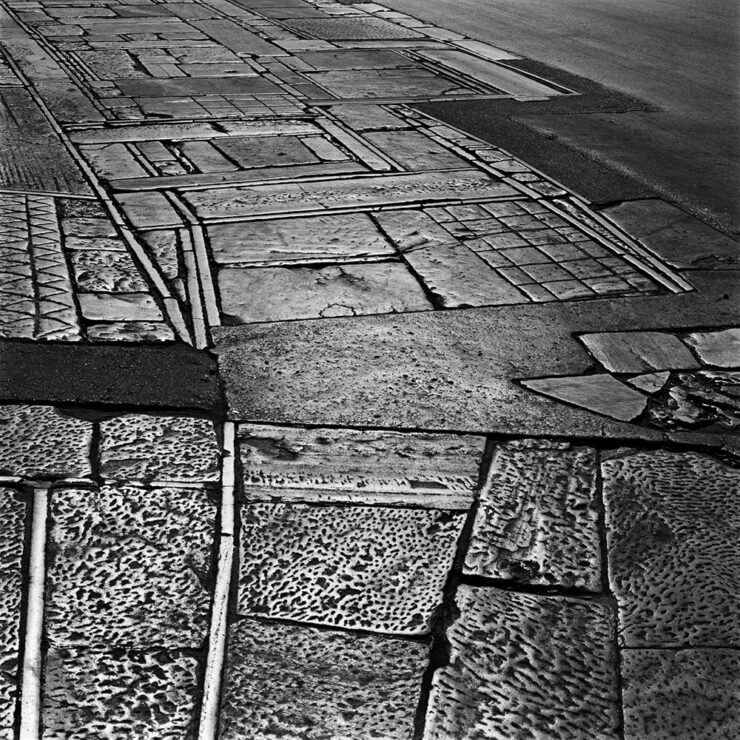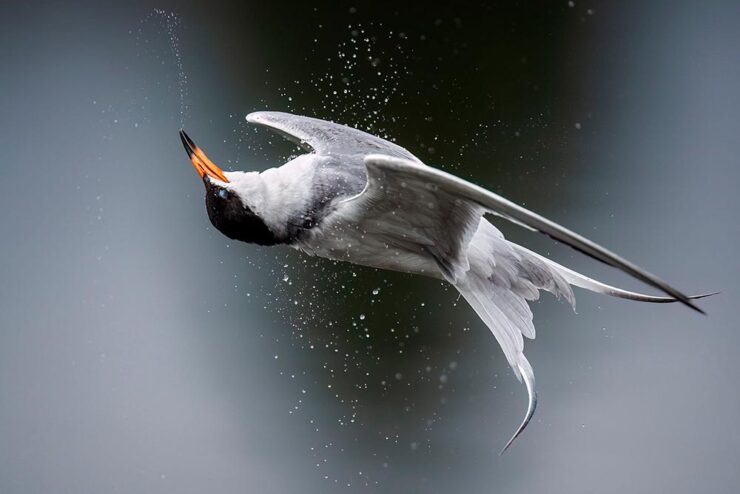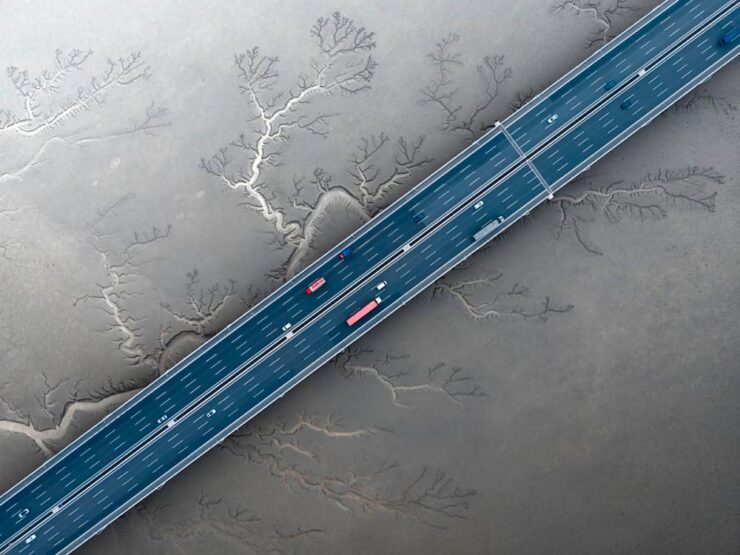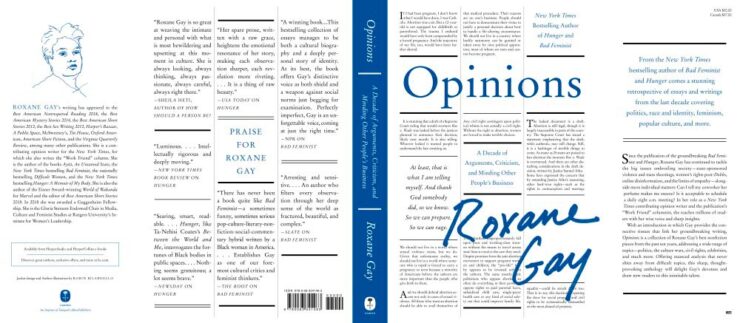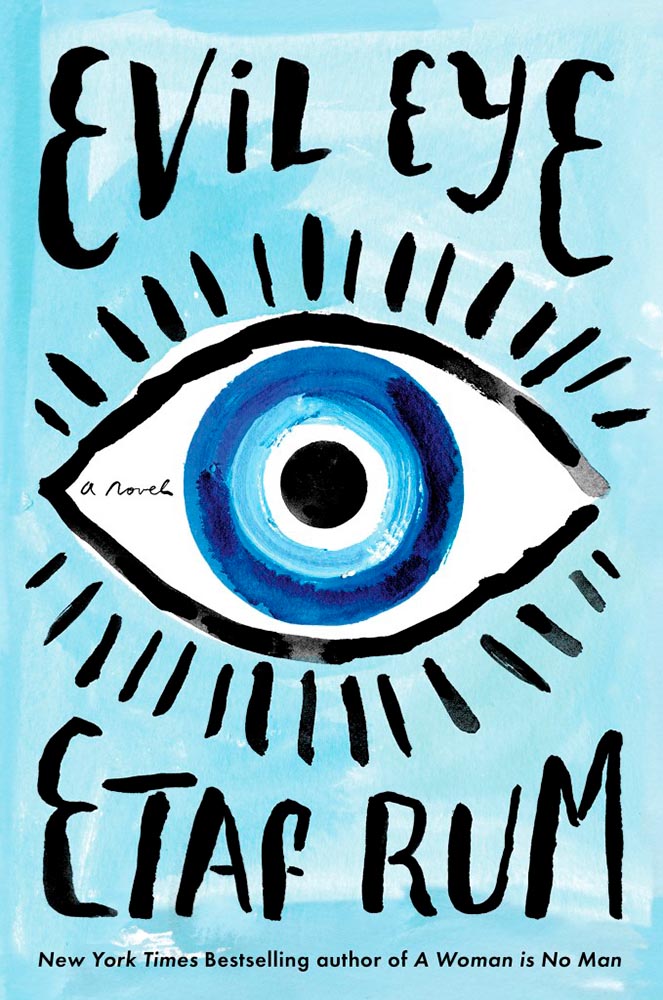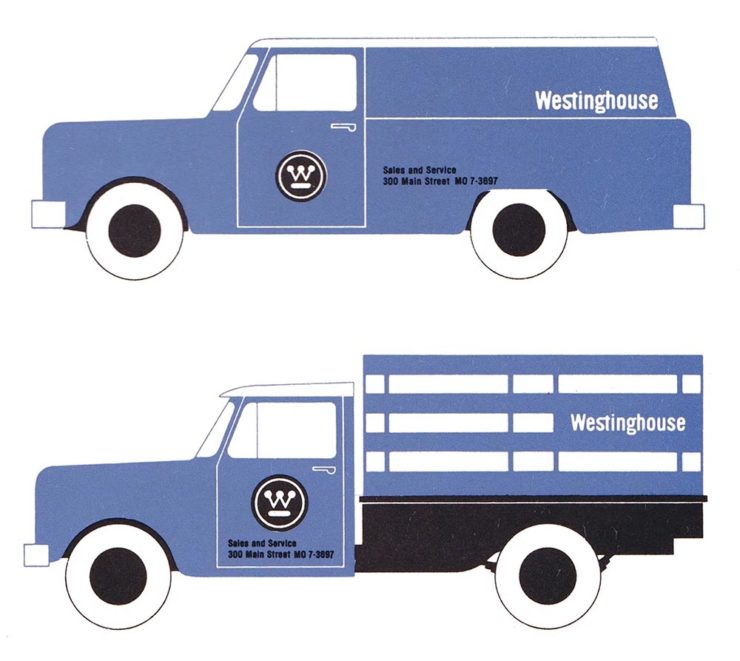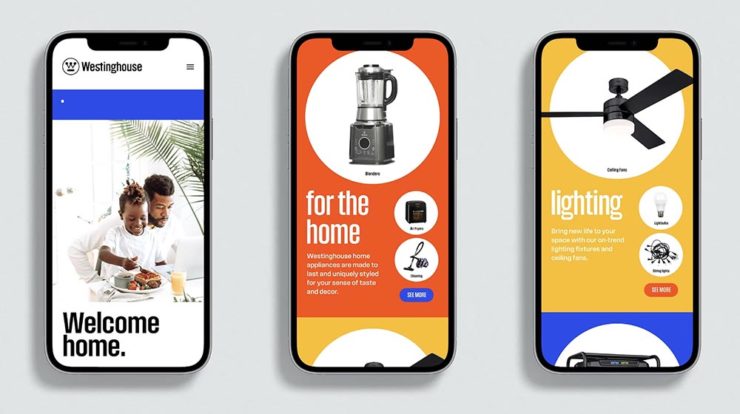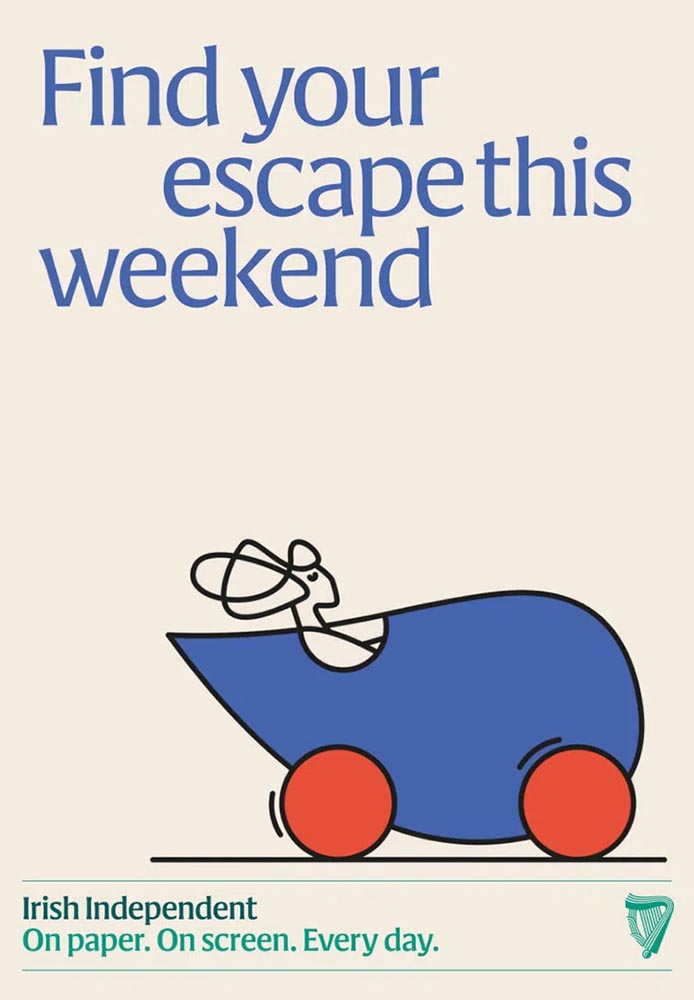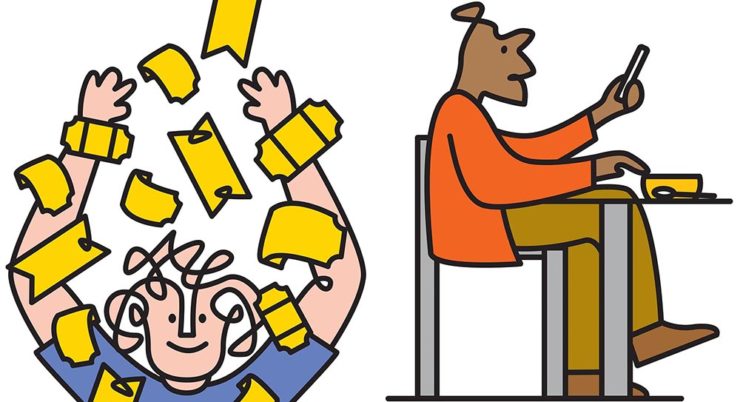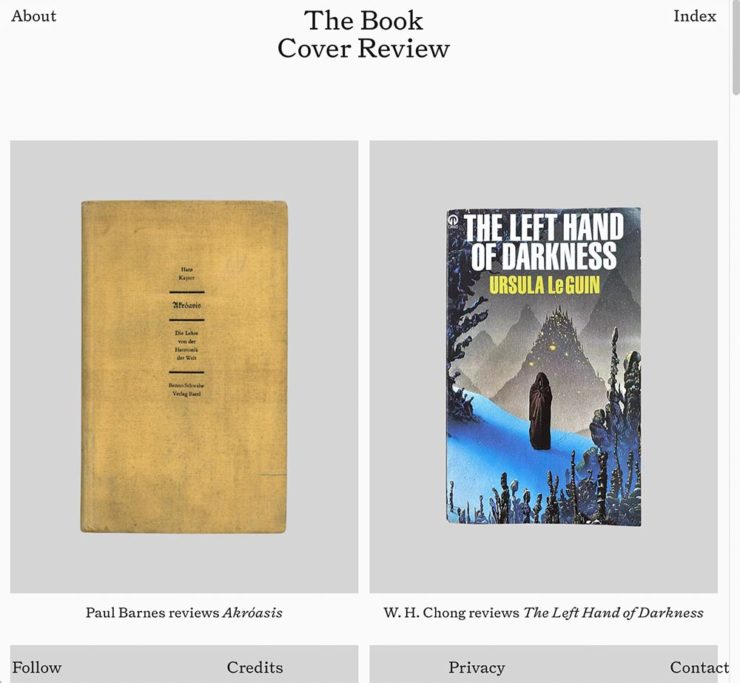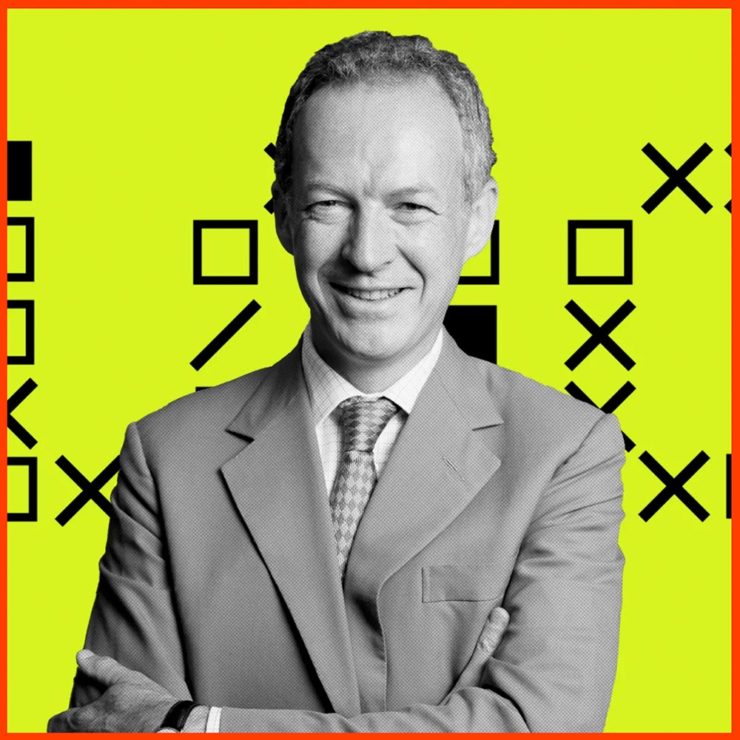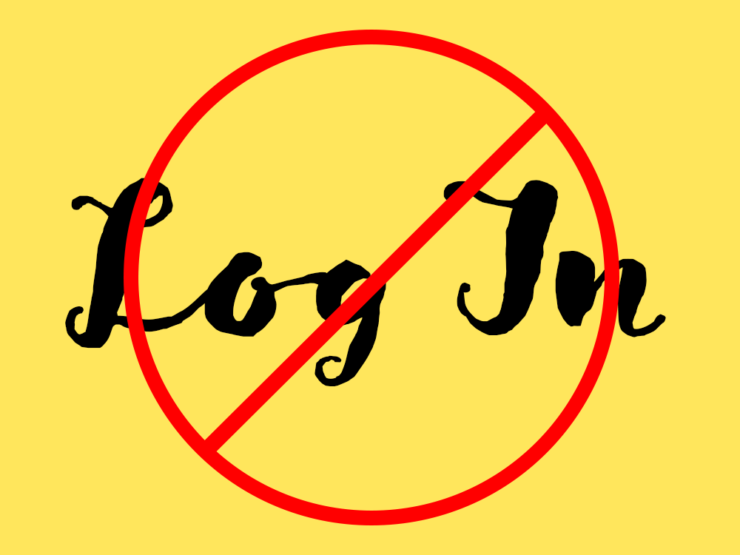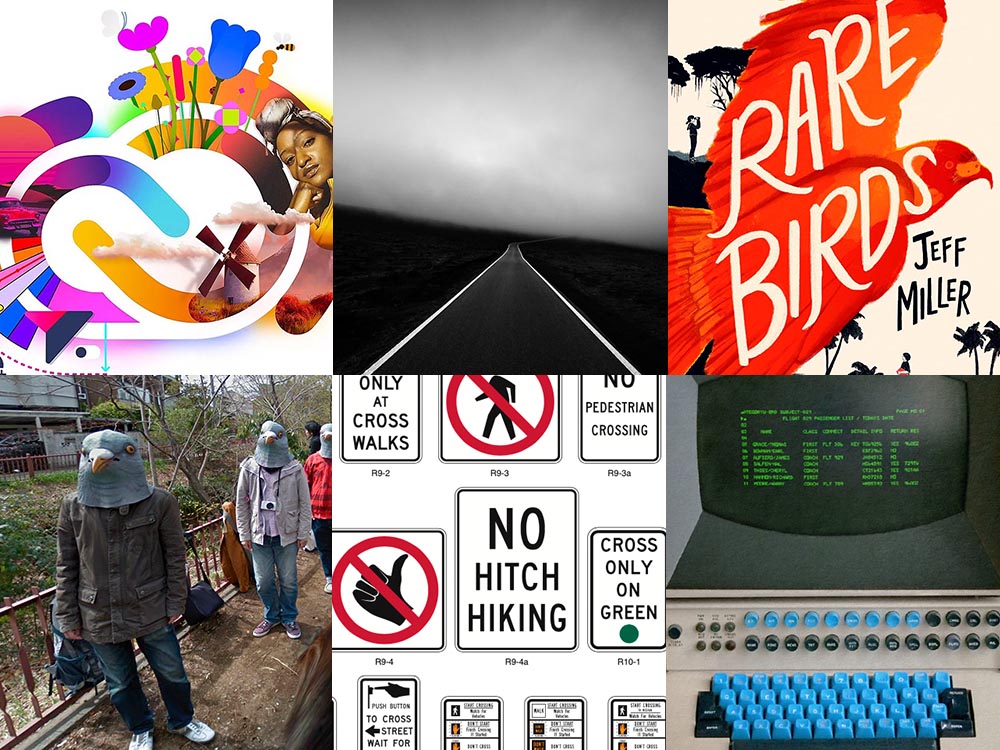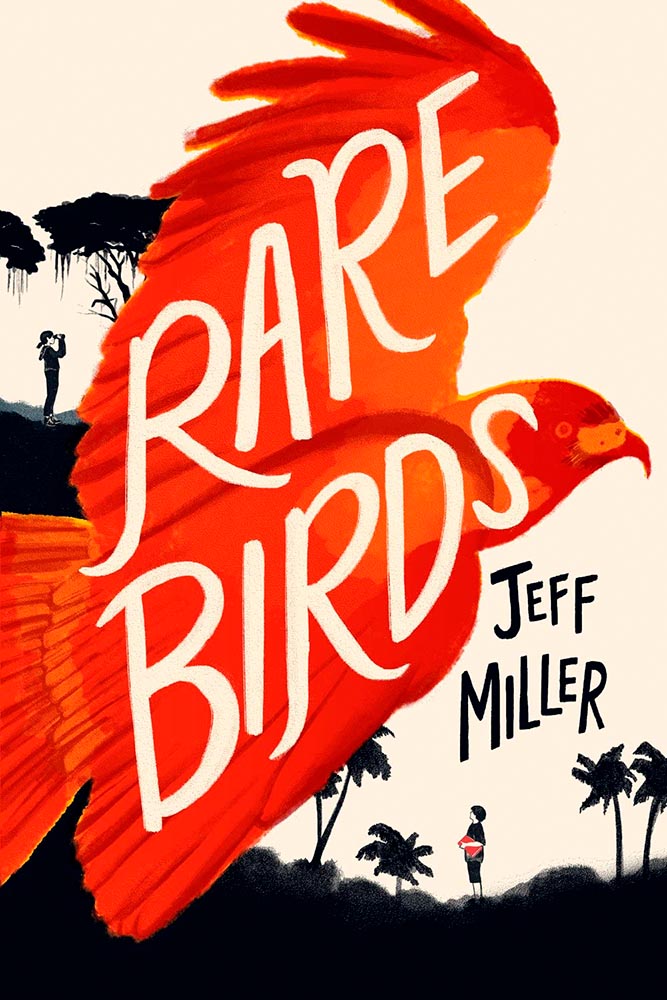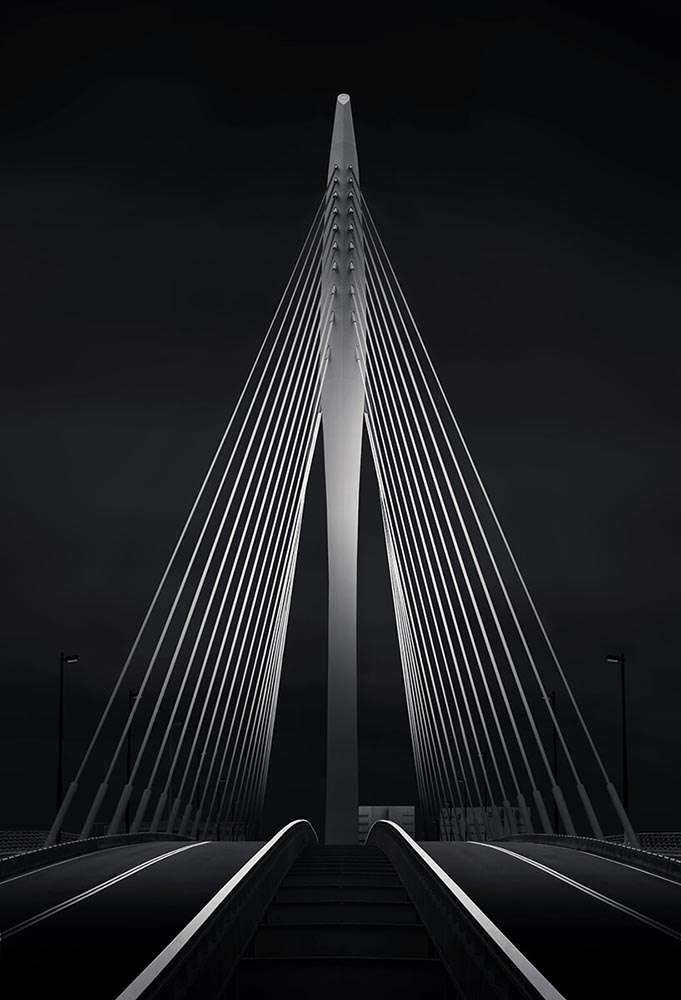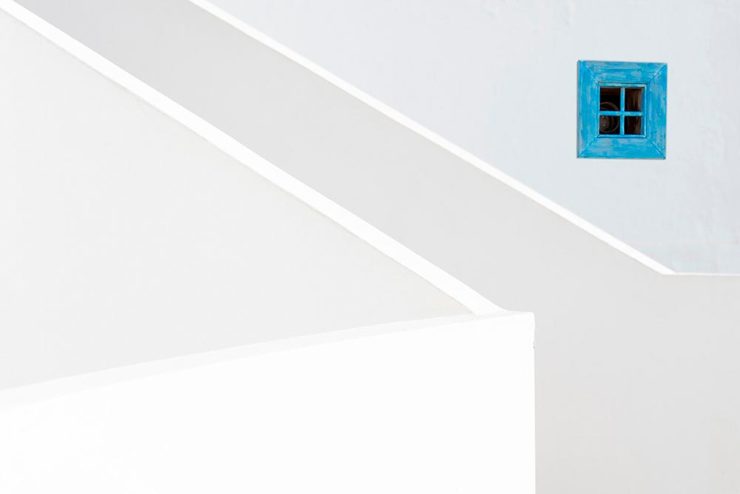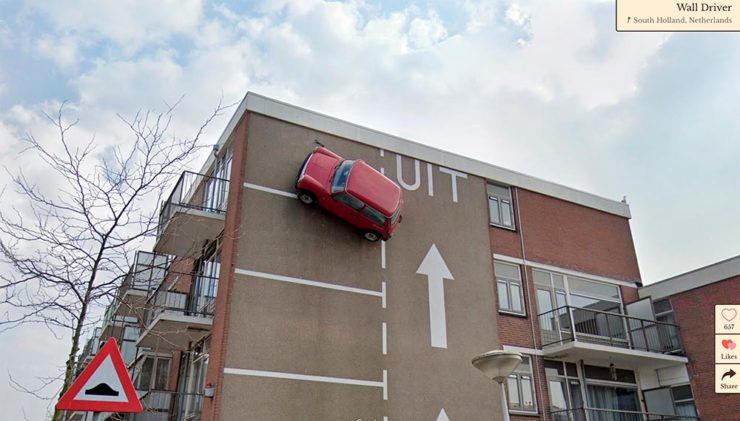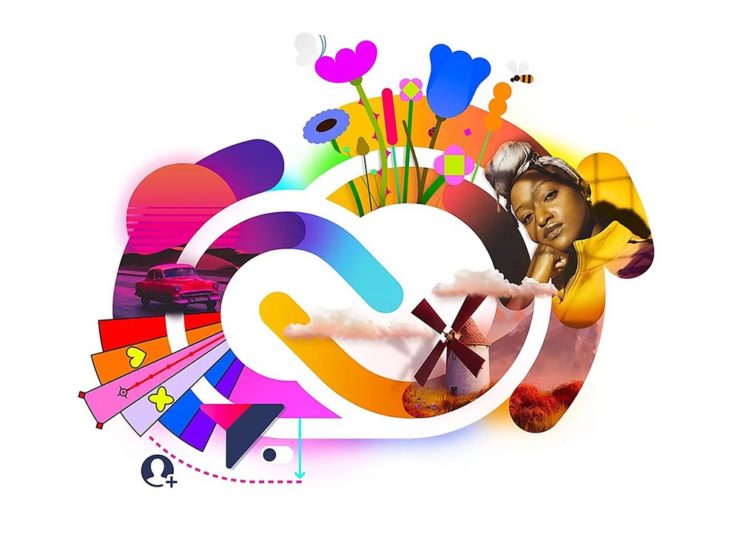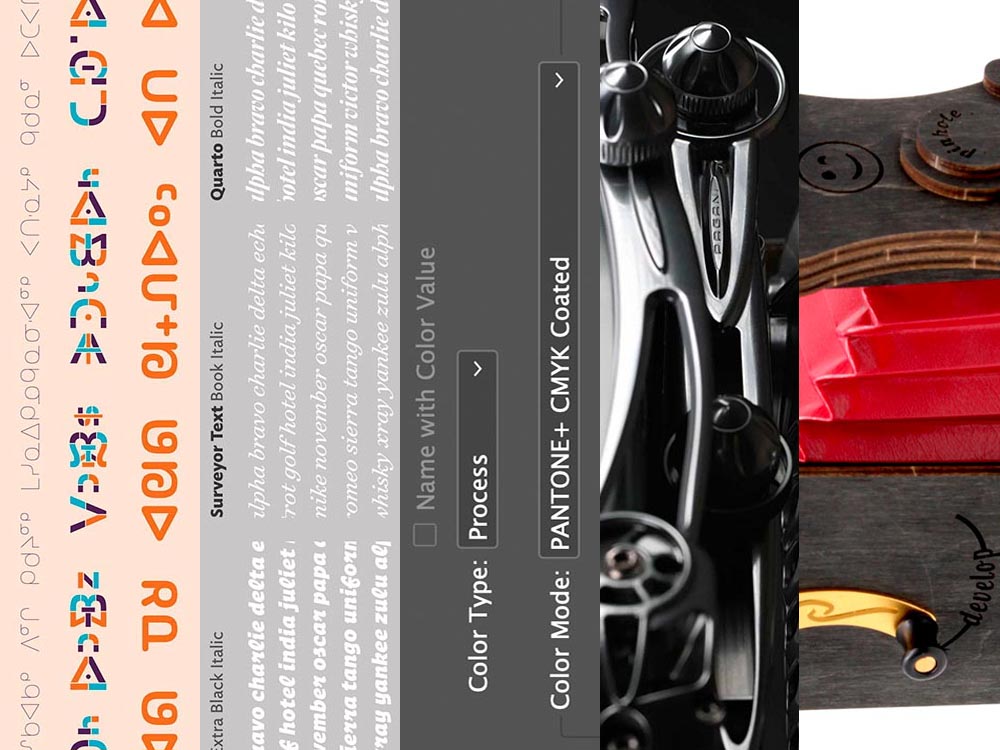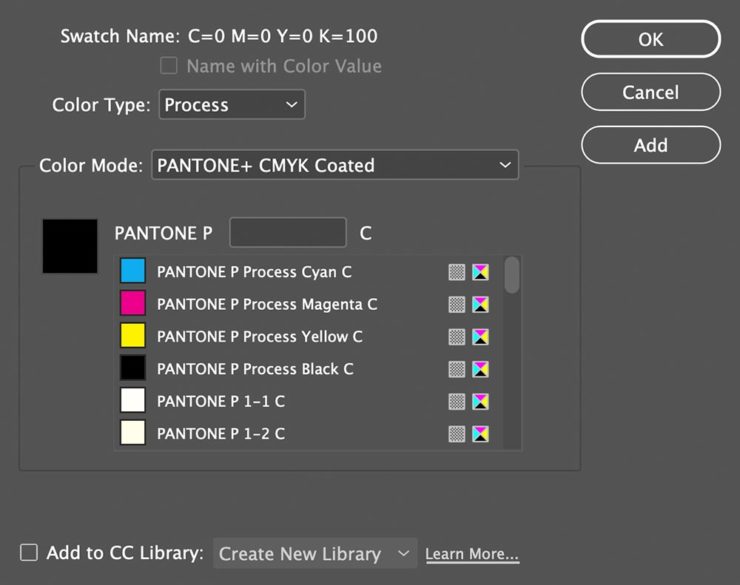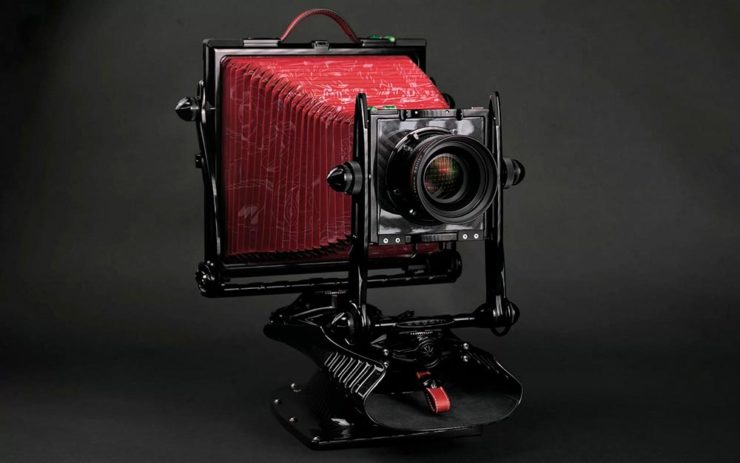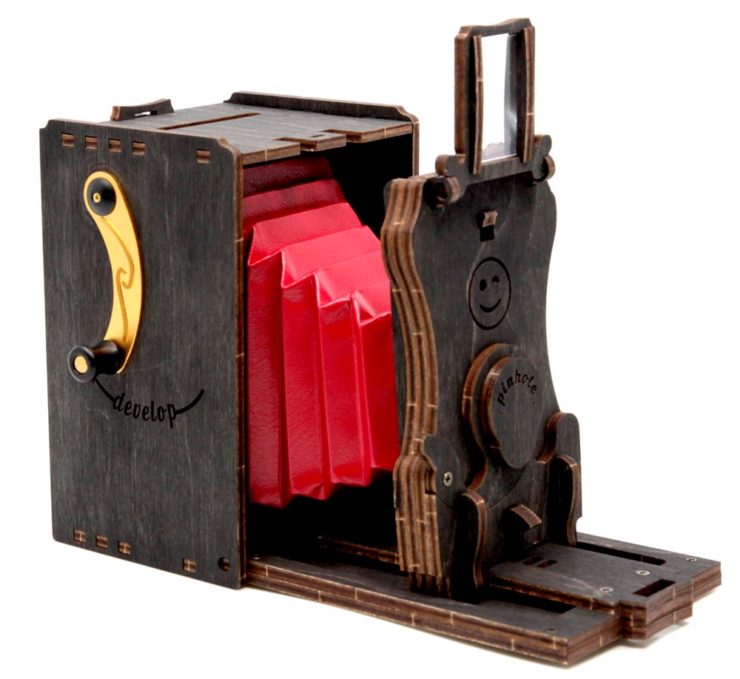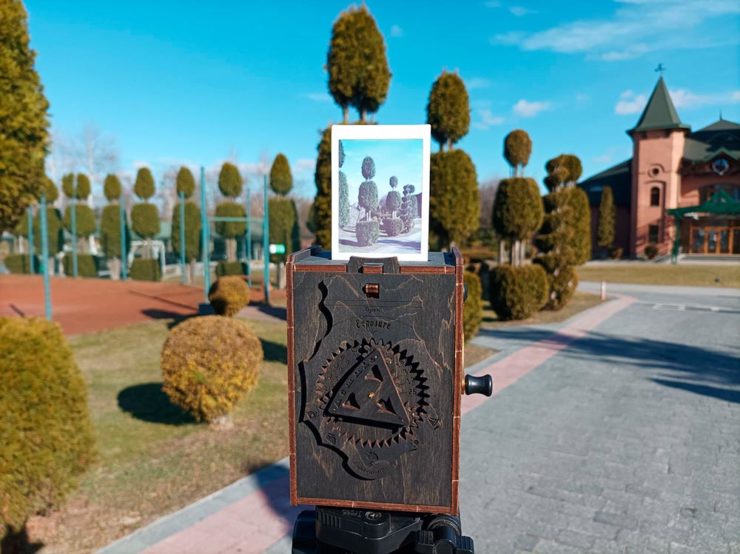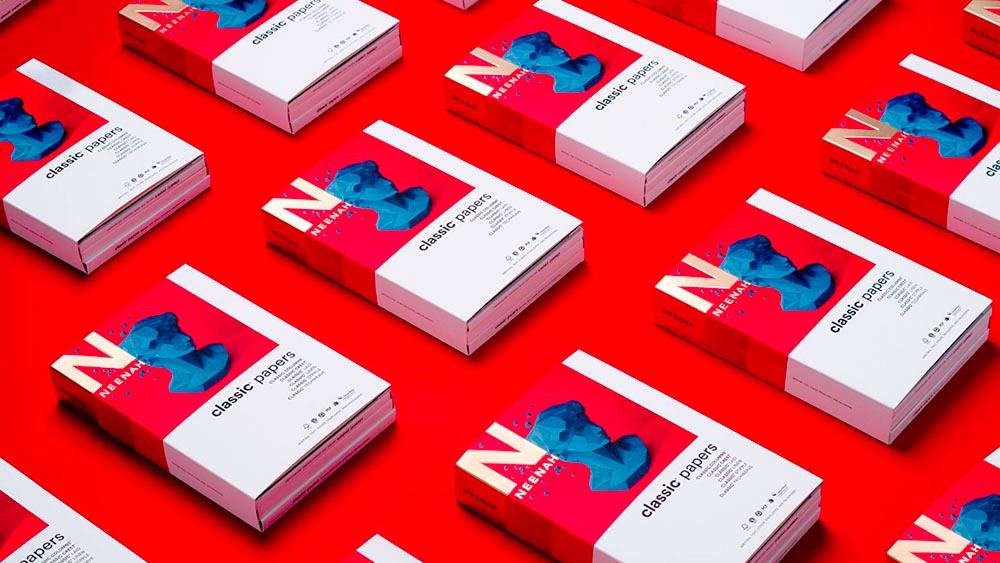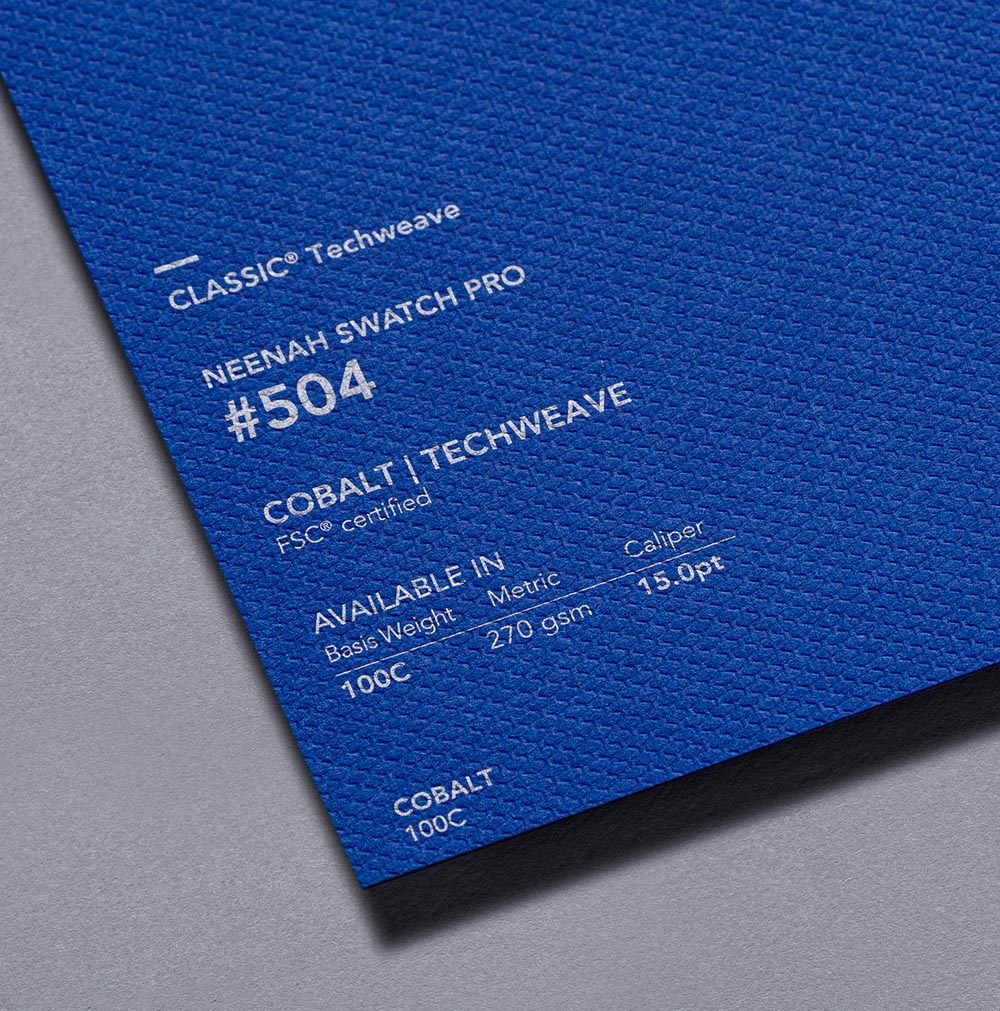It’s hard to believe that 2025 is half over — but at the same time, the amount of water under the bridge in the first half of this year is quite astonishing. For those of us in the United States (indeed, worldwide), this year seems to rival the pandemic for necessary use of the word, “unprecedented.”
Therefore, your monthly dose of sanity great design and photography awaits. Enjoy.
University Presses Coverage on Spine
Spine is a regular stop for book designers everywhere. The site’s interviews with designers, authors and illustrators and especially their monthly book design faves are all items not to be missed; they do, in fact, live up to the tagline, “how books are put together.”
Unfortunately, their “Uni-Press Round Up” — Uni, of course, being English for University — has been MIA since the columnist left in 2021. So it was a great honor when Spine editor Vyki Hendy accepted my offer to republish my best of the Association of University Presses (AUPresses) Show 2025. (Indeed, Spine republished this year’s Foreword post in its entirety.) But that’s just the beginning: she asked me to take over the column, too.
I said “yes” without a second thought.
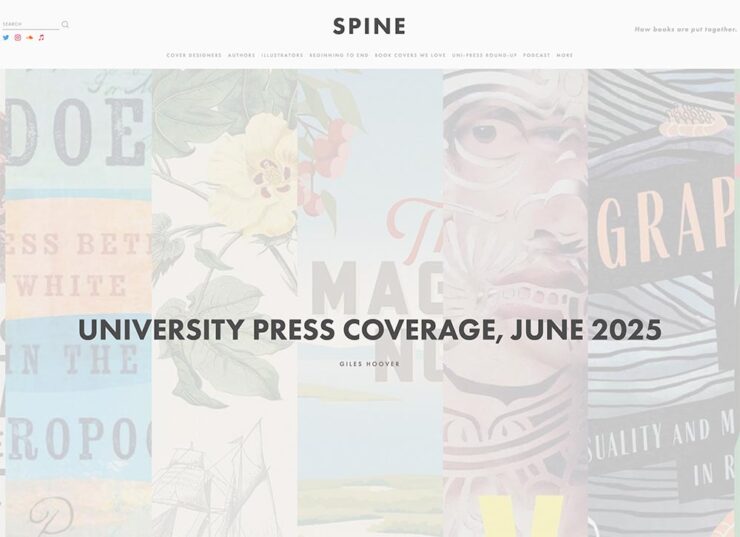
It’s important to me that I share a word or two about why: simply put, I believe that university presses worldwide deserve celebration. Part of it is the political atmosphere in the US recently, sure, but conservatives have been targeting higher education for a minute now. (See New College of Florida, “where education goes to die.”)
It’s more that I feel that university presses are the unsung hero of the publishing world. Titles are often complicated and difficult to visualize, and limited budgets often make it difficult to attract talent for great book design. An opportunity to highlight the best is not to be ignored.
Please head on over to Spine to enjoy the books I gathered for the first post, covering titles published in May and June of this year. But I’d like to call out a couple of favorites here:
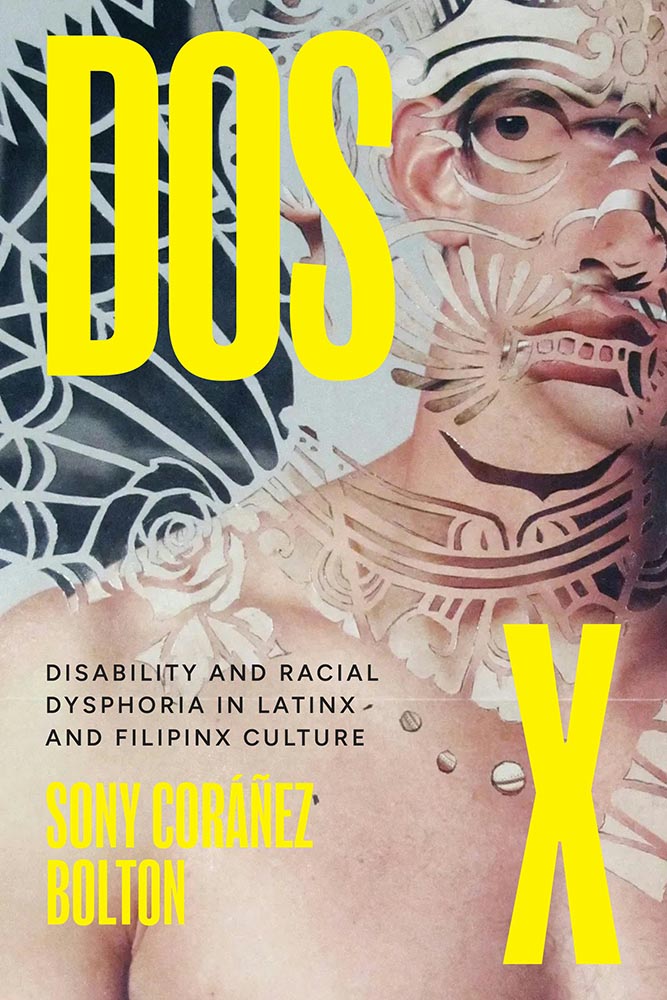
Extraordinary artwork, handled extremely well. Also:
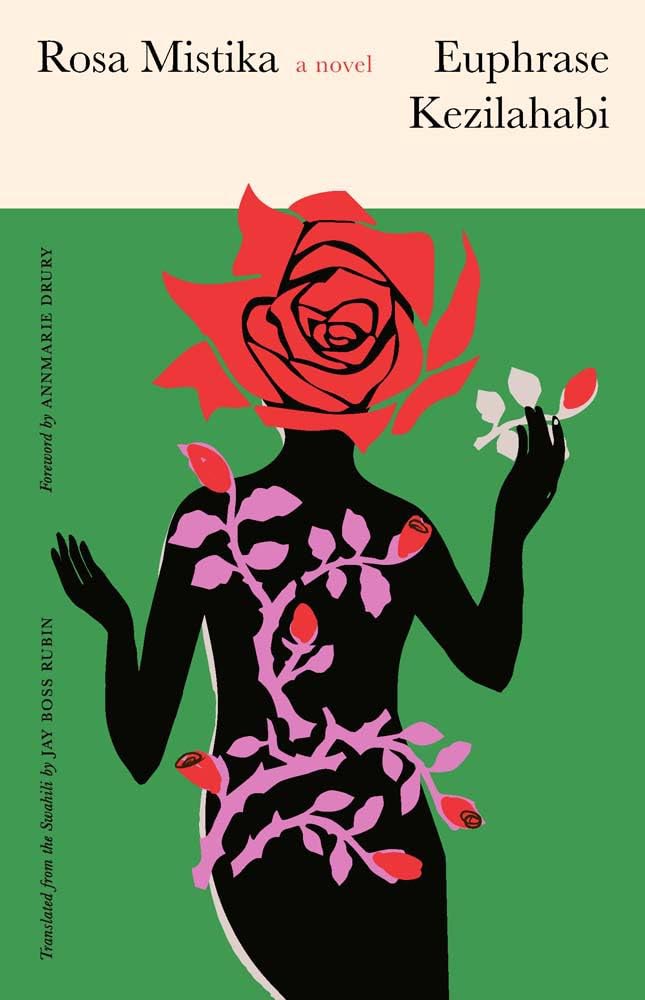
A difficulty subject — and book design brief, surely — treated with classic style and an illustration showing an uncommon depth of meaning.
It’ll be an incredible pleasure to keep a closer eye on the university press publications with monthly round-ups of the best new work. I hope you’ll read the column regularly.
Special mention: Macon’s Mercer University Press:
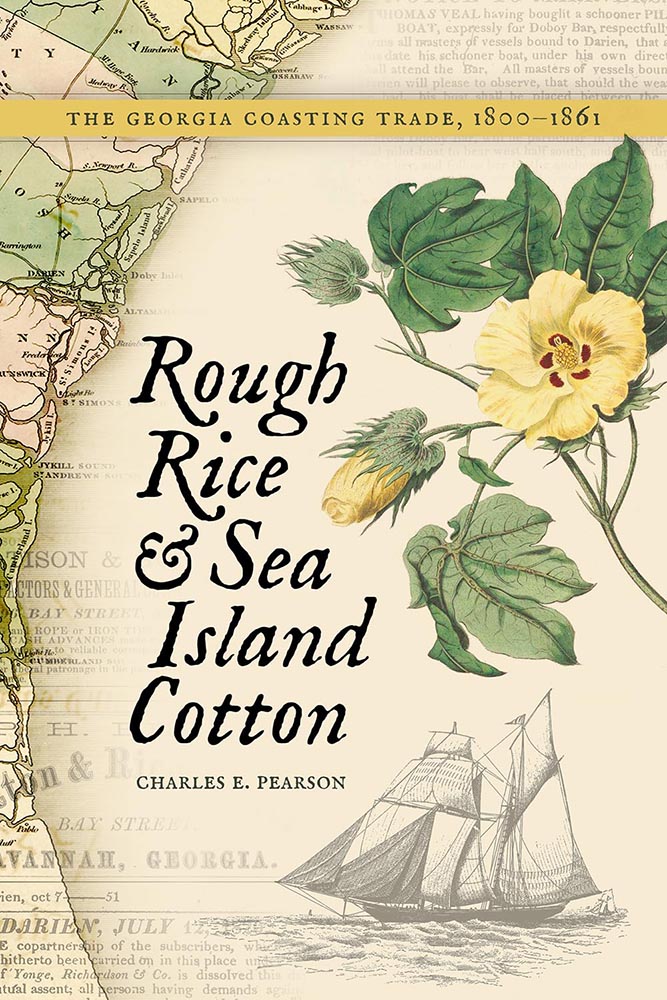
It’s fulfilling to become more familiar with a great resource right here in town.
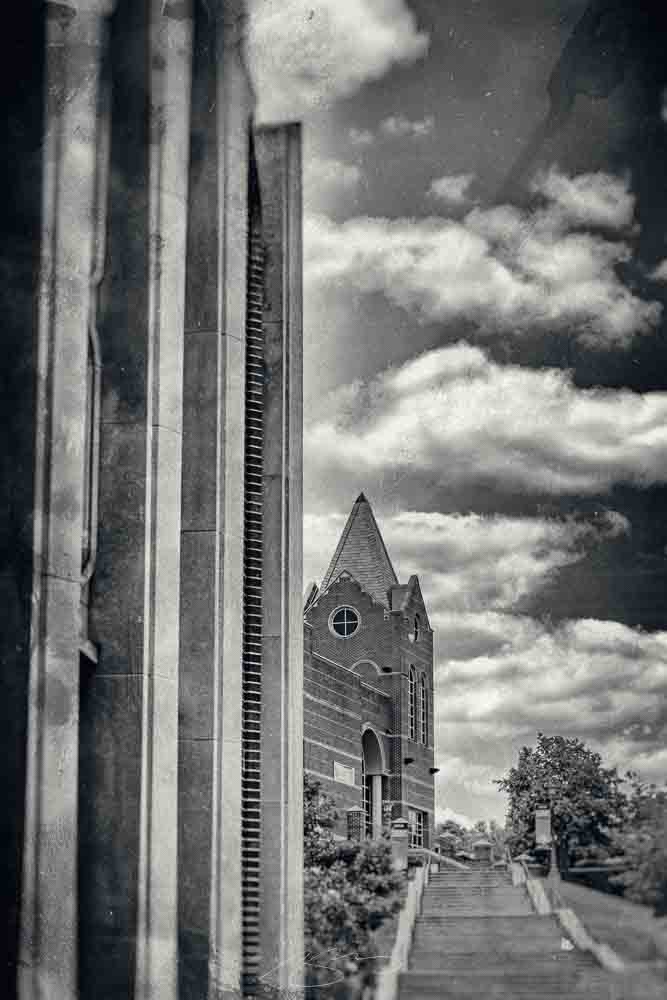
I’ve wandered around Mercer with a camera twice, and have just found an excuse to do it again. Stay tuned.
The Creative Independent: “On Developing a Solid Foundation,” with Creative Director Arsh Raziuddin
Book designer extraordinaire Arsh Raziuddin has been featured here before — this year’s Favorite Book Covers post, for instance — but it turns out she wears many hats indeed, as this interview at The Creative Independent proves.
An insightful highlight:
Book covers taught me how to pay attention to detail both in terms of the story and the design. What’s different between magazine work and book design is that with a book, you’re often condensing a 300-page story into a single cover; whereas editorial work might involve an 800- or 1,000-word essay that you need to visualize. It’s so difficult to capture the essence of an entire novel in one image — something really has to stand out. […] It feels a bit daunting to fit an entire novel in a 6×9-inch rectangle.
— Arsh Raziuddin, wearing her book design hat
Her cover design for Salman Rushdie’s Knife is discussed, an extraordinarily good example of, as she puts it, “not overcomplicating”:
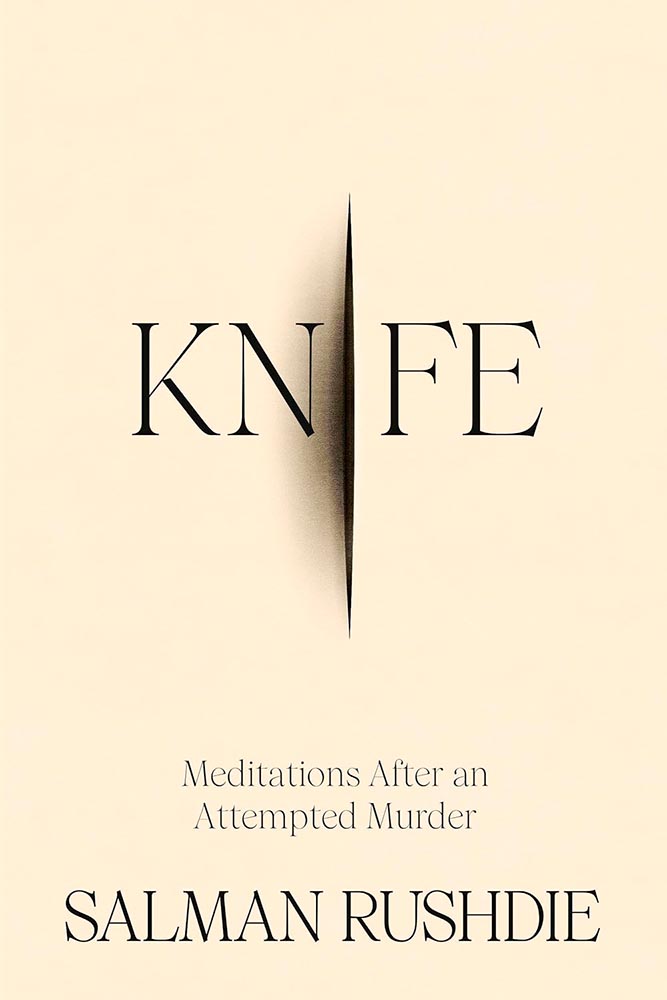
It’s a treat to see some rough drafts:

“We’re [that is, book designers] all trying to make something sexy or loud without a solid foundation,” she says. “We all need to collectively focus on craft.” Perhaps like this fantastic book cover, this time for a Pulitzer prize-winning poet:

The entire interview is a gold mine. Read and enjoy.
More Great Design Items, Briefly

“The 2025 PRINT Awards Honorees in Advertising & Editorial Cut Through the Noise,” the headline reads. Yes.
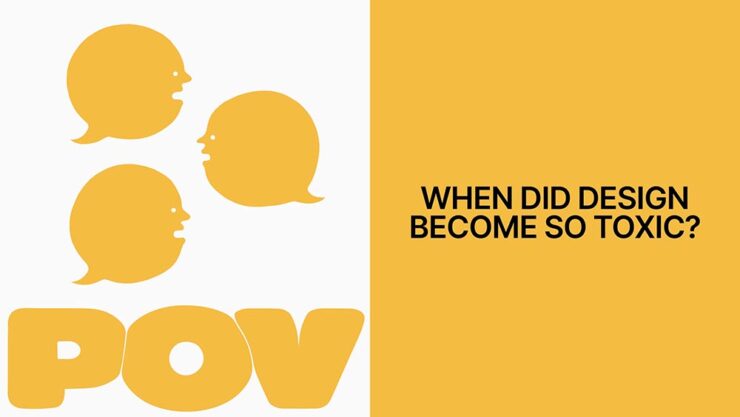
It’s Nice That asks, “Are social media pile-ons stifling the creative industry?” Yes, I’d argue, and for more than just rebranding exercises. Read the article to see if you agree.
“Jon McNaught has created more than forty covers for the LRB as well as artwork for books, diaries, posters and campaigns.” Follow his process.
“Chris Ware, known for his New Yorker magazine covers, is hailed as a master of the comic art form.” Follow his process.

“Designers needed a book about their history that didn’t exist… so I wrote it myself,” Tom May says at CreativeBoom.

Archinect covers the best of the spring lecture series posters. (Previously.) Building an intersection of design and architecture: when getting a lecture is a good thing.
AI: Desctructive to Books — Literally

Anthropic destroyed millions of print books to build its AI models, Ars Technica reports.
On Monday, court documents revealed that AI company Anthropic spent millions of dollars physically scanning print books to build Claude, an AI assistant similar to ChatGPT. In the process, the company cut millions of print books from their bindings, scanned them into digital files, and threw away the originals solely for the purpose of training AI[.]
— Benj Edwards, Ars Technica
“Buying used physical books sidestepped licensing entirely while providing the high-quality, professionally edited text that AI models need, and destructive scanning was simply the fastest way to digitize millions of volumes,” they continue.
Sigh.
Special Bonus #1: While the original reference has — annoyingly — disappeared, this Pixel Envy piece on AI Calvin and Hobbes still stands. Another example of link gold, including:

Special Bonus #2: Quentin Blake illustrates Animal Farm.

Tech Corner: The Mac’s Finder Icon
Stephen Hackett, 512 Pixels: “Something jumped out at me in the macOS Tahoe segment of the WWDC keynote today: the Finder icon is reversed.”

“I know I am going to sound old and fussy, but Apple needs to roll this back,” he writes — but then, being who he is, gives us an illustrated history of the Finder icon. Natch.
Thankfully, Apple listened. Sort of.
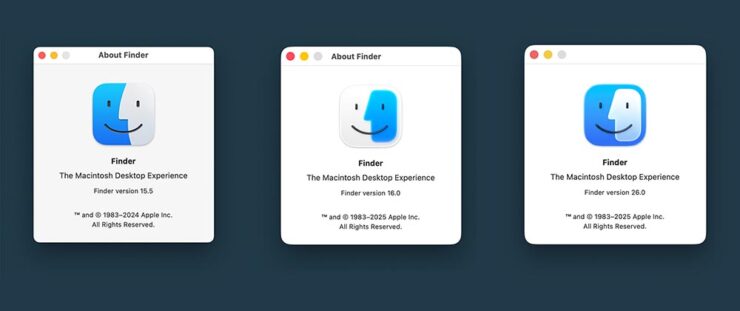
Calling it only “slightly better” — something I agree with — John Gruber’s Daring Fireball makes a strong case for something that sticks closer to tradition, with this specific example:

I have a feeling that Apple is going to keep the outline; generally, when it does these redesigns, the rules tend to overrule, if that makes sense.
In other words: Liquid Glass > tradition.
Special Bonus #3: In a word, “glasslighting.” (Also via DF.)
Photographic Goodness
Theibault Trebles
This is Colossal: “Architectural Symmetry in Europe’s Subways,” Say no more.
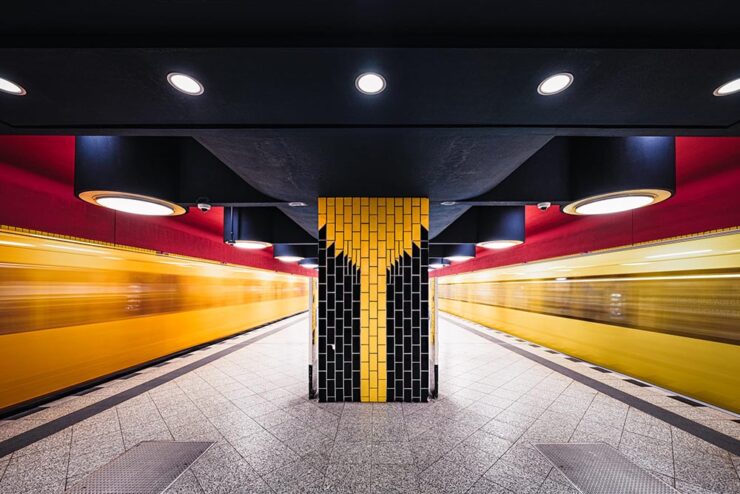
Brilliant on many levels, but it’s the dual trains-in-motion that takes it over the top. Another:

“Each city approaches underground architecture differently, mixing brutalism, futurism, minimalism, or sometimes unexpected touches of ornamentation,” the photographer says. Read the article or visit Theibault’s website.
Nat Geo Traveler Photo Contest 2025
PetaPixel covers the National Geographic Traveler (UK) contest, honoring the best travel images by photographers in the United Kingdom and Ireland. My favorite:

“I found this spot and was struck by the sheer density of the foliage — vines had completely enveloped the supporting walls, but the view of the Yellow Rain Tree at the top was simply stunning and utterly mesmerizing,” the photographer says.
See more. (NatGeo’s website has an article, but it requires you to enter your email to read. Boo.)
National Park Foundation Celebrates America the Beautiful
The National Park Foundation has announced the winners of its 2024 Share the Experience photo contest — the official competition of America’s national parks, for amateurs only. Still:

Toy Miniatures, Cinematic Worlds

Doesn’t really require too much explanation: brilliant stuff. It may be little more than a fluff piece, but the photography makes it worth visiting this PetaPixel post. (Reminds me, on some level, of the tongue-in-cheek mentality of the ’60s TV series.)
Full Circle: 2.1 Trillion
Humanity is overflowing with imagery, according to research from Photutorial:
162 billion photos are taken every month.
That’s 5.3 billion photos per day.
Or 221 million photos per hour.
3.7 million photos per minute.
61,400 photos per second.
94 percent of those are taken on smartphones — itself a shocking number — but there’s an important statistic in the data:

It doesn’t take much to wonder why the US takes, on average, four times the number of photographs Europeans do.
Special Bonus #4: An Adobe two-fer: AI-powered culling tools for Lightroom — see last month’s Beautifully Briefed regarding AI and Adobe’s recent price increases — and, because I refuse to leave y’all on a down note, info regarding Project Indigo, Adobe’s promising new computational camera app.



